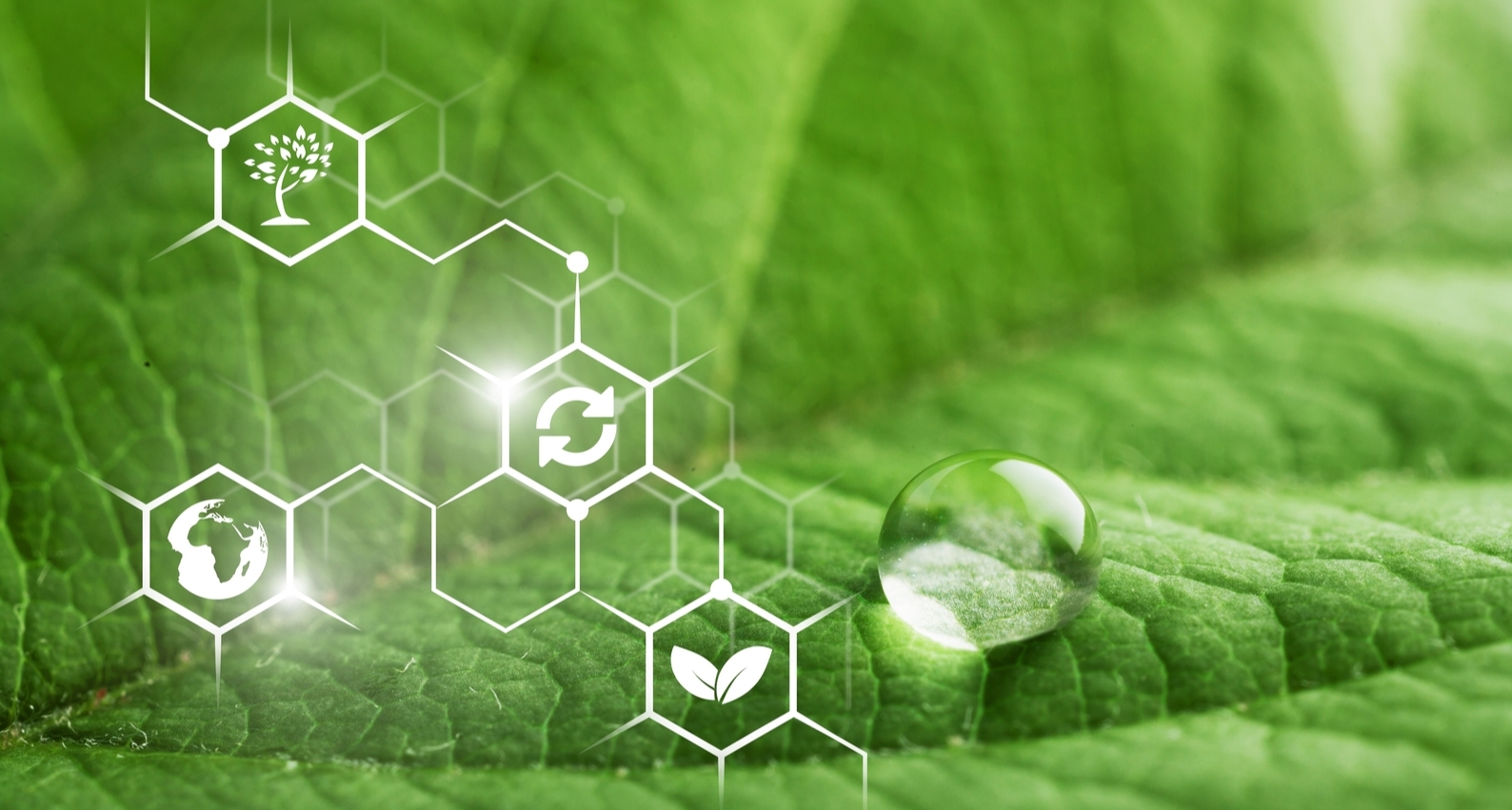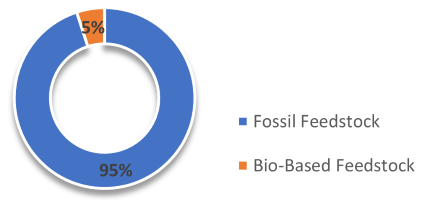Green Chemistry: Promoting Sustainability in the Paints and Coating Industry
Published on 09 Oct, 2020

Rising concerns such as chemicals leaching into the environment, occupational health hazards faced by workers, etc., have led several companies to proactively adopt “green chemistry” or sustainable chemistry, which promotes the development of sustainable products as well as efficient processes and systems.
Concerns related to impact on environment and human health have driven the need for greater adoption of green chemistry in paints and coatings. However, the switch to green chemistry is fraught with several challenges related to achieving better functionality, regulatory compliance, and low costs. These issues are hindering progress towards commercial adoption. Going forward, increasing public awareness and stricter implementation of regulations is likely to augur well for wider adoption of green chemistry in paints and coatings.
The traditional chemical industry focused on developing products that adequately fulfil the performance needs of the end user. It lacked a holistic approach to prevent or mitigate the detrimental effects of these products and their manufacturing processes on human health and the environment. Due to this negligence, we are confronting issues such as leaching of chemicals into the environment during their usage or end-of-life disposal, occupational health hazards faced by workers in chemical manufacturing units, and carbon emissions resulting in global warming.
|
These rising concerns have led several companies to proactively adopt “green chemistry” or sustainable chemistry, which promotes the development of sustainable products as well as efficient processes and systems. |
Green chemistry in the paints and coatings industry currently focuses on process efficiency and resource conservation....
Green chemistry plays an important role in the paints and coatings industry that serves a large base of both industrial and consumer end segments such as automotive, construction, electronics, aviation, marine, consumer products, and residential and commercial buildings. The concept of green chemistry in paints and coatings has evolved over the years; currently, it not only focuses on reducing the use of volatile organic compounds (VOCs) but also enables process efficiency enhancements, waste minimization, use of renewable feedstock, and so on.
The following are the recent developments in green chemistry in the paints and coatings domain:
- In 2020, Pittsburgh Plate Glass (PPG) launched its “compact paints system,” which eliminates the need for a primer layer, thus reducing the number of steps required to paint a vehicle. This has generated savings in capital and operational costs for the automotive painting segment, and led to a smaller paint shop footprint and reduced material and energy consumption, thereby increasing the overall efficiency of the coating process.
- In 2015, Jotun introduced “green building solutions,” coating systems that are low in volatile organic content, to help its customers obtain “green building” certifications. The certifications extend benefits such as reduced operating costs and increased asset value.
...While the next wave of green chemistry is expected to focus on replacing fossil fuels and non-renewable sources with bio-based renewable feedstock
Currently, fossil resources are highly used; however, in the next decade, a gradual shift to the usage of renewable sources as an alternative feedstock is expected. Currently, share of bio-based feedstock in the paints and coatings industry is estimated to be less than 5%.
Types of Feedstock Used in Paints and Coatings Industry

Companies have started using “smart drop-ins” in the form of bio-based reagents in their traditional processes. These smart drop-ins are typically added to increase the renewable content in the final product, which makes for better marketability as well as sustainable environmental-friendly products.
Prospects of shifting to renewable sources as alternatives to fossil resources seem attractive...
|
Unlike fossil fuel resources, products made from renewable resources cause less pollution, have less impact on human health and the environment, and emit less CO2 in the atmosphere. |
- Asian Paints launched its decorative coatings system (comprising paint, primer, basecoat, and pigment) made of natural components such as castor seeds, calcium carbonate, and neem oil. The product integrates the anti-fungal properties of neem oil, and has low volatile organic content and low odor.
- AkzoNobel’s Makrofol EC polycarbonate film includes more than 50% of carbon content sourced from plant-based biomass; this reduces the product’s carbon footprint by approximately 20%. This product has properties such as improved chemical and weather resistance, high abrasion and surface resistance, and good optical properties, and is used for applications such as electrical insulation and thermoformed packaging.
...however, there are major hindrances in the commercial adoption of renewable sources
Although adopting green products seems attractive, there are challenges, especially in commercial adoption.
|
|
Commercial adoption of green chemistry can be promoted by implementing tighter regulations on use of fossil resources and increasing public awareness about the benefits of bio-based resources
|
The paints and coating industry is required to comply with government and environmental regulations. The adoption of green chemistry highly depends on these regulations; therefore, the industry requires supportive government regulations that would promote the adoption. |
|
|
Consumer awareness about the detrimental effects of fossil-based resources and their environment-friendly alternatives would stimulate the demand for green products. |
Manufacturers and suppliers of paints and coatings need to be well-informed about the level of public awareness regarding usage of green chemistry paints and coatings, as it is a leading indicator of future demand. This demand would differ geographically; Europe is expected to lead in the usage of green products for paints and coatings primarily owing to high consumer awareness and strict government regulations, whereas countries in Asia would continue using fossil sources primarily due to their lower prices. Therefore, high consumer awareness and stringent regulations are anticipated to drive the adoption of green chemistry in the paints and coatings industry.








